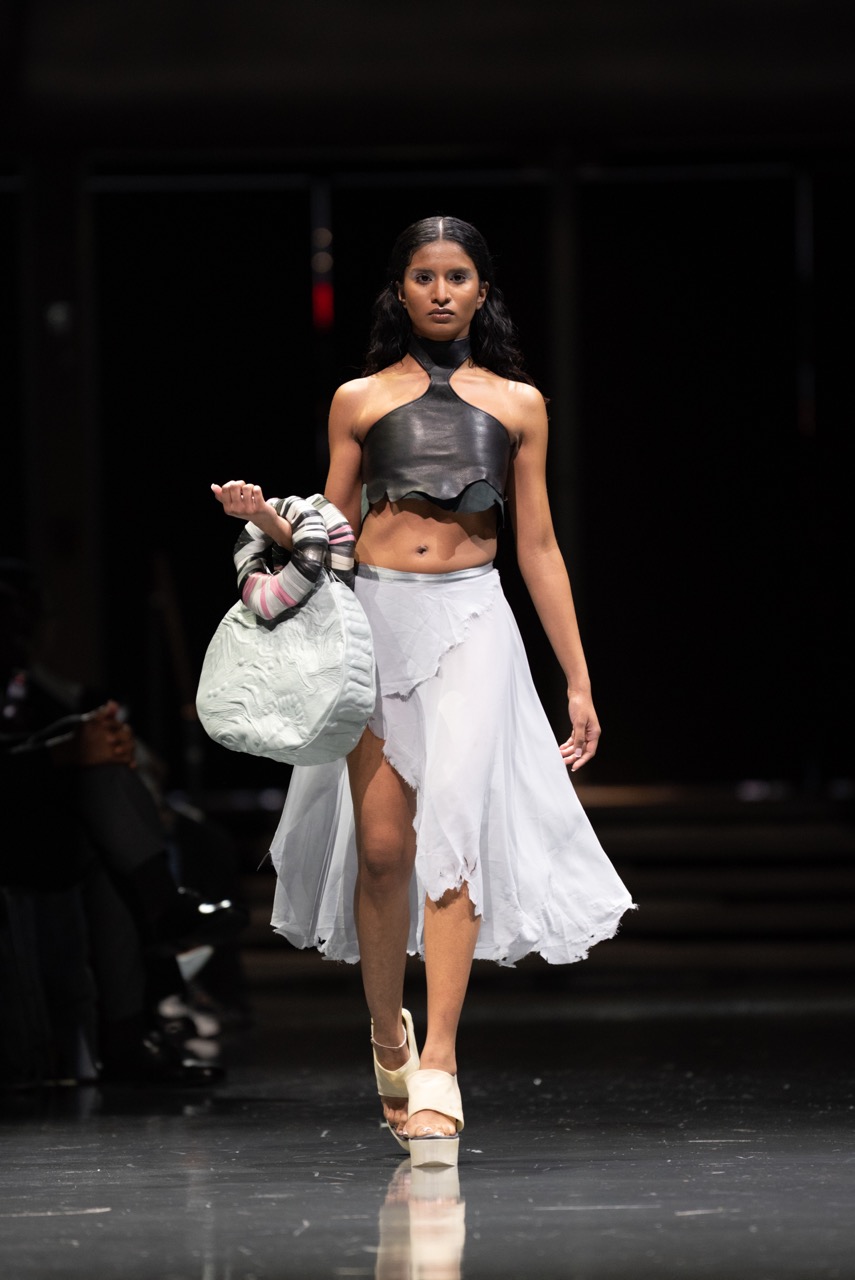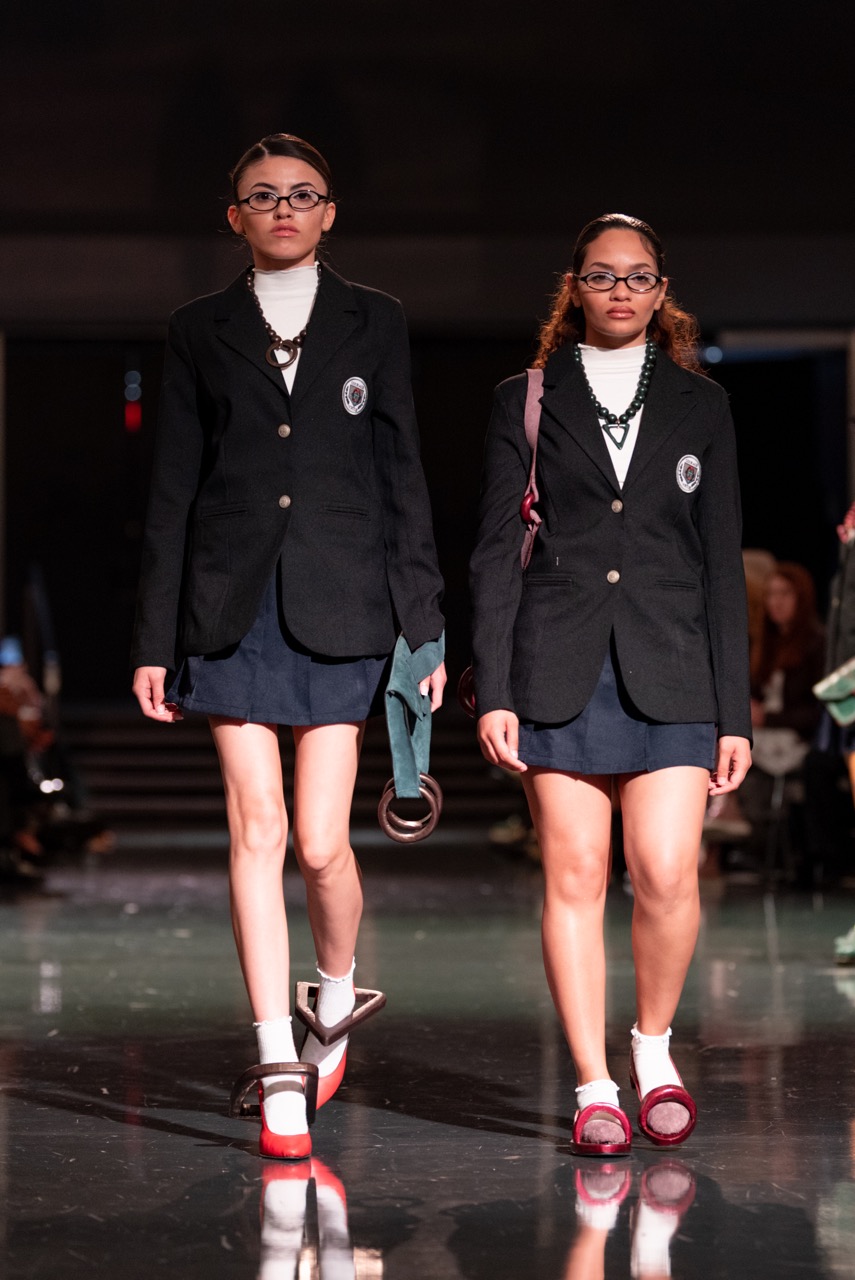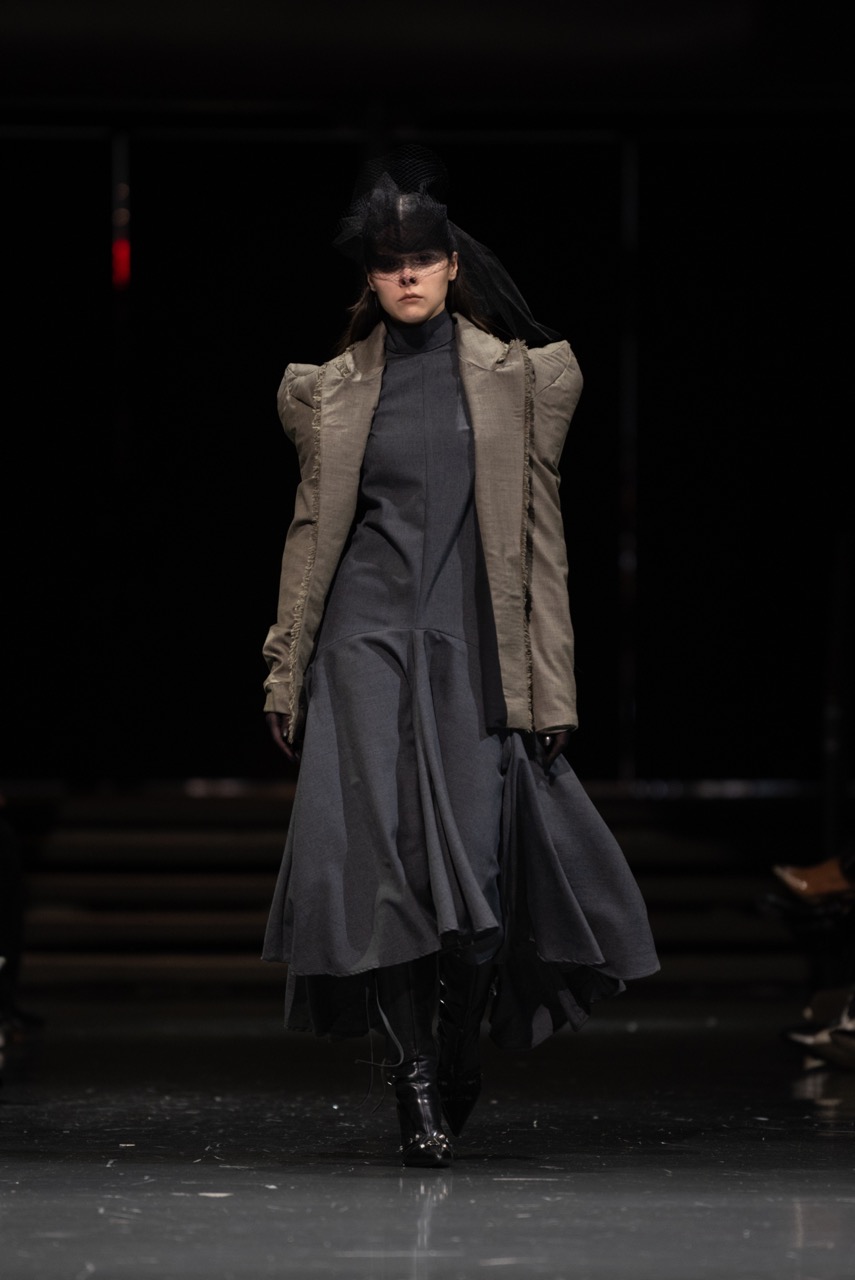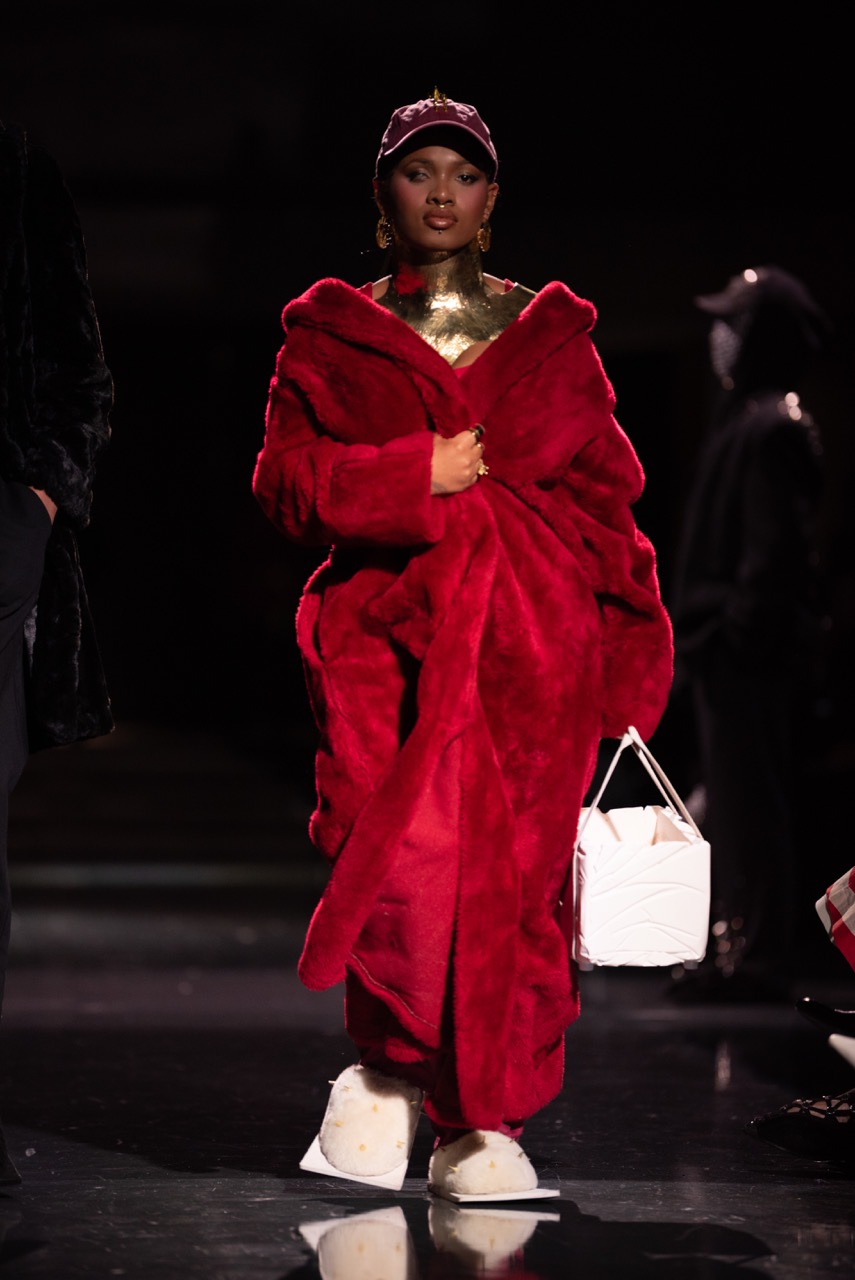These Days, It Only Goes Down in the DM










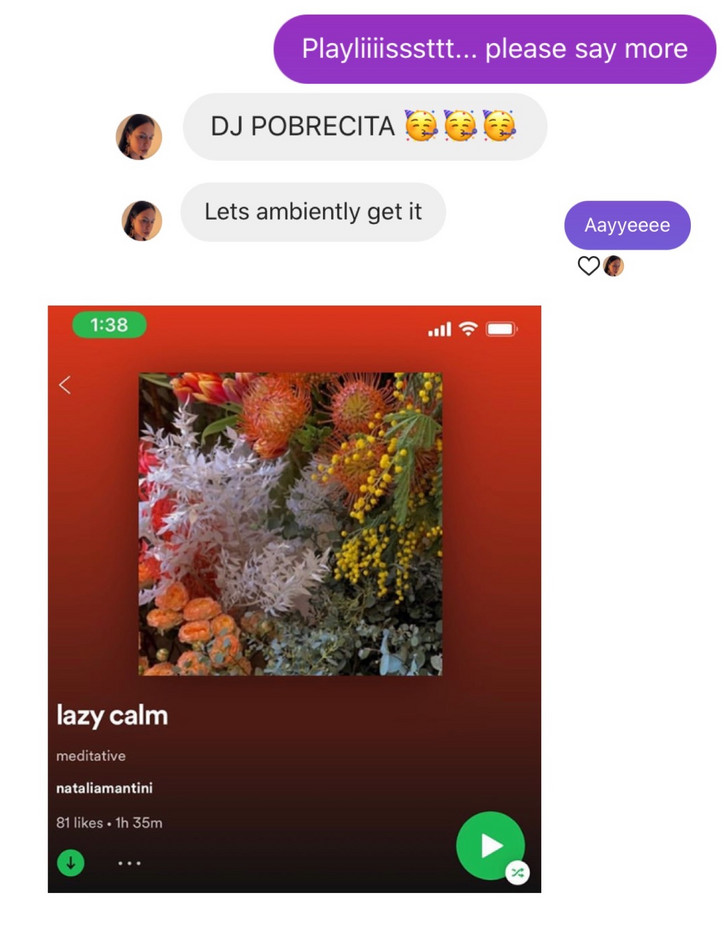
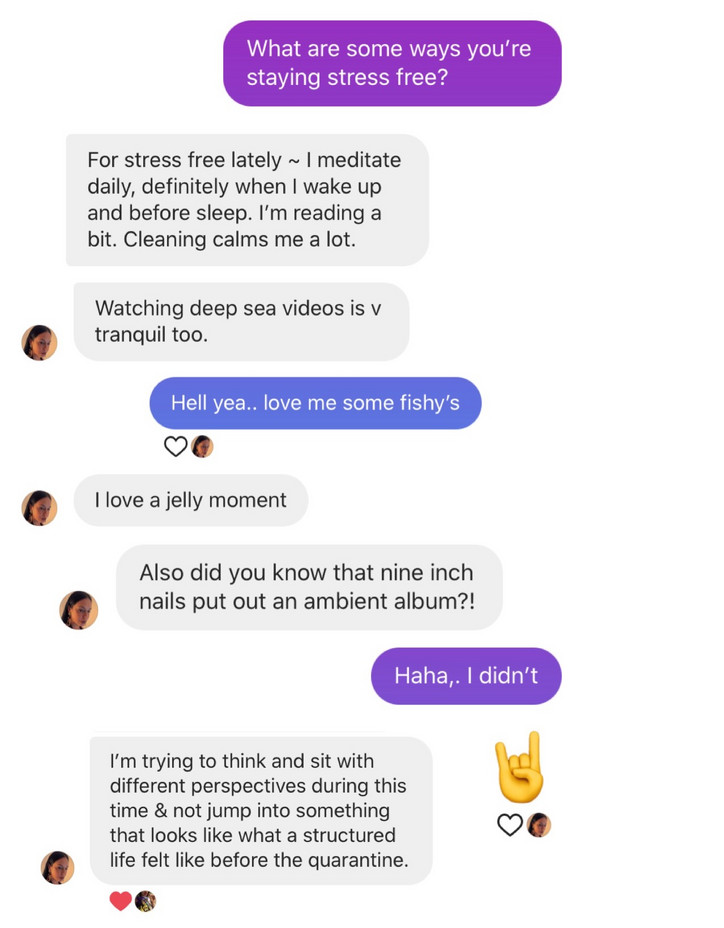







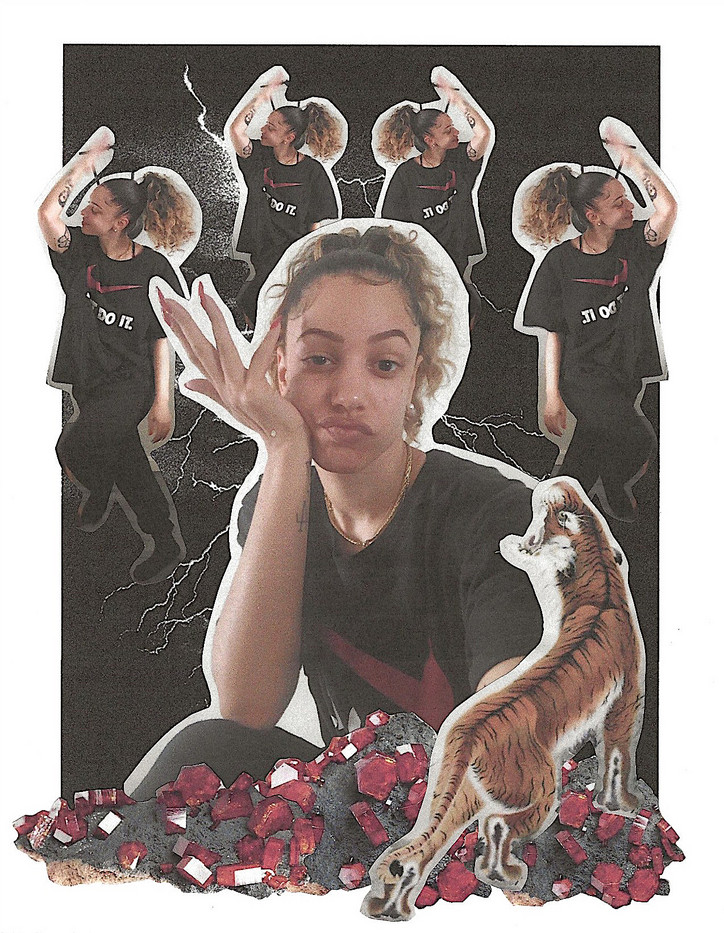











Stay informed on our latest news!
































Frieze Art Fair: Opening Day Looks
A focal point of the week, one would be remiss not to capture the range of expression present at Frieze, particularly on an anticipation-rife opening day. From the young and buzzy galleries in Frieze Focus, to the establishment players marking a sequentially countless year of showing at the fair, looks (and a tasteful brand of whimsy) abounded.




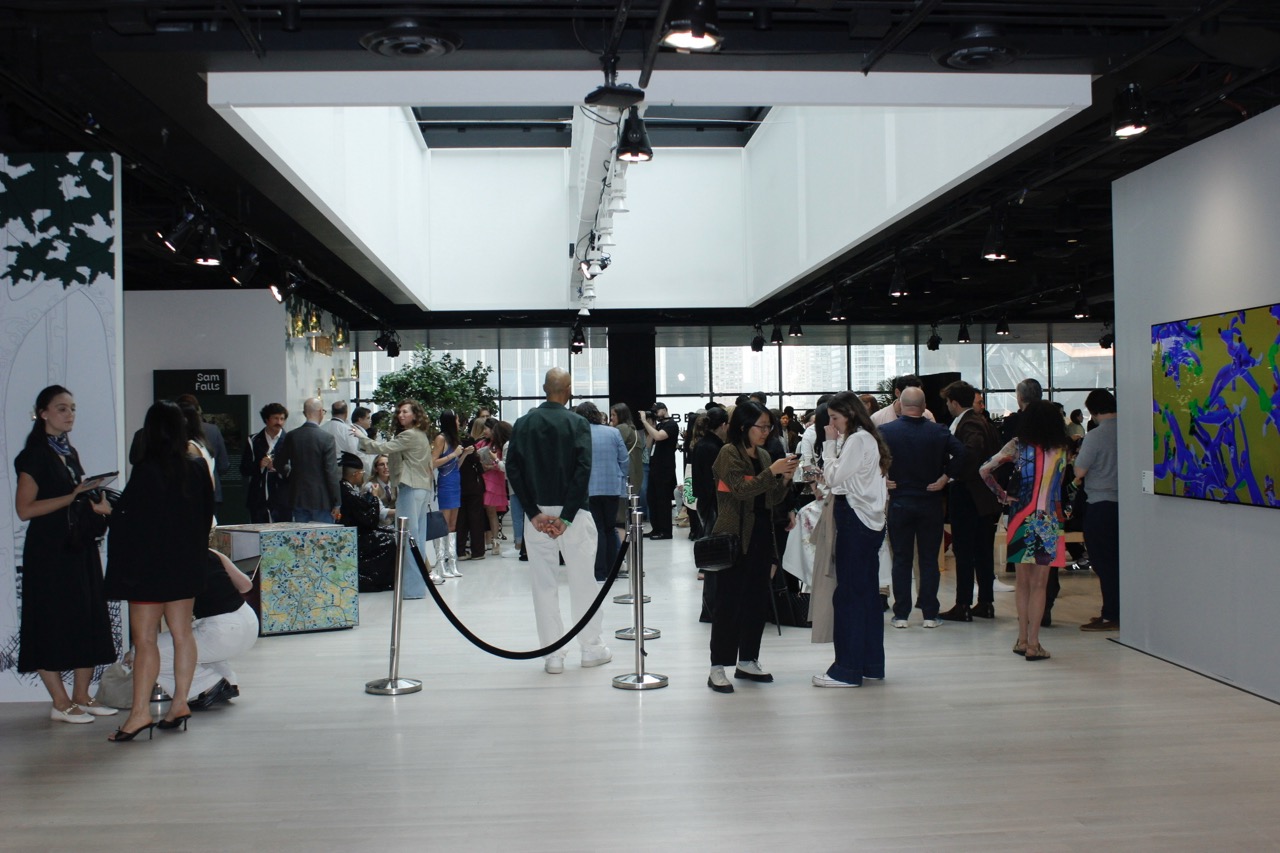
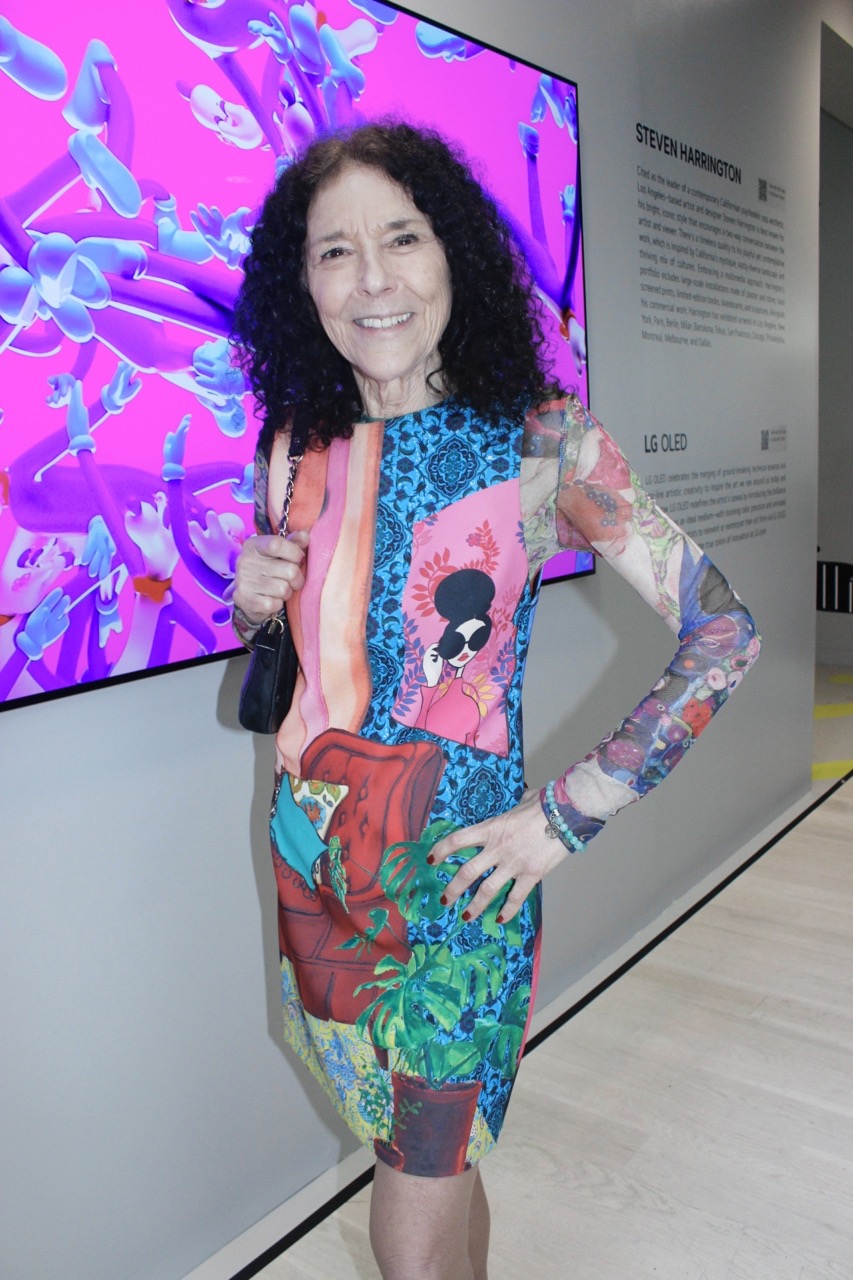


Acne Studios: Heart Beat Rose
At Acne Studios’ SoHo outpost, an interior sculpture garden of grand proportions awaited – ‘Heart Beat Rose’ by Jonathan Lyndon Chase. The artist developed the series of soft sculptures draped in richly-colored gowns, T-shirts, expressive poses and stares, and (of course) quintessential Acne denim to coincide with the ‘Acne Studios Loves Jonathan Lyndon Chase’ capsule collection.




Frieze x Miu Miu: Opening Party
Just before opening to the public, Frieze and Miu Miu invited select guests into Terminal Warehouse for a live preview of Tales & Tellers, a limited-run show conceived by artist Goshka Macuga with curator Elvira Dyangani Ose. The performance saw models visualizing a New York-centric mise en scène, frolicking to and fro in Miu Miu’s finest, and providing an air of levity and repose to the bustle of the attendees’ schedule of appointments.

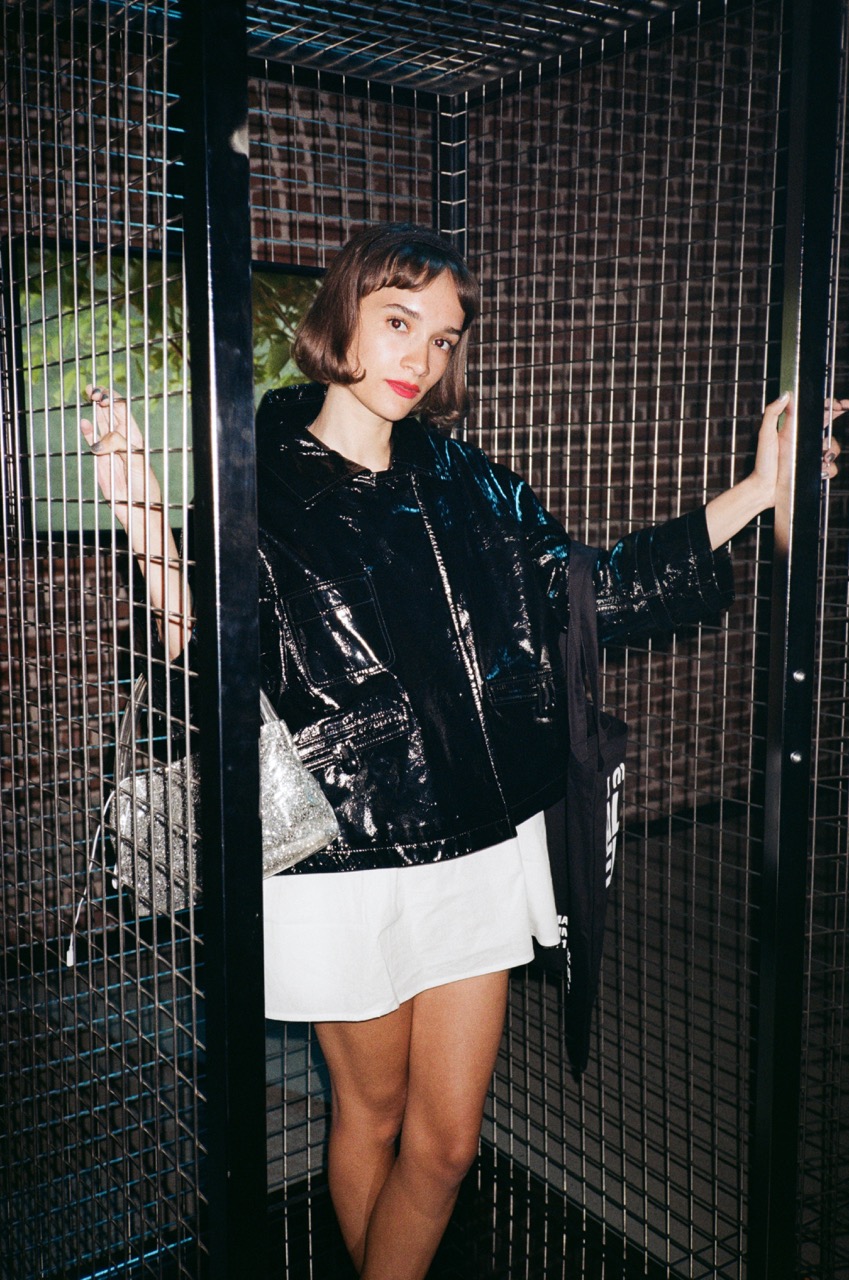


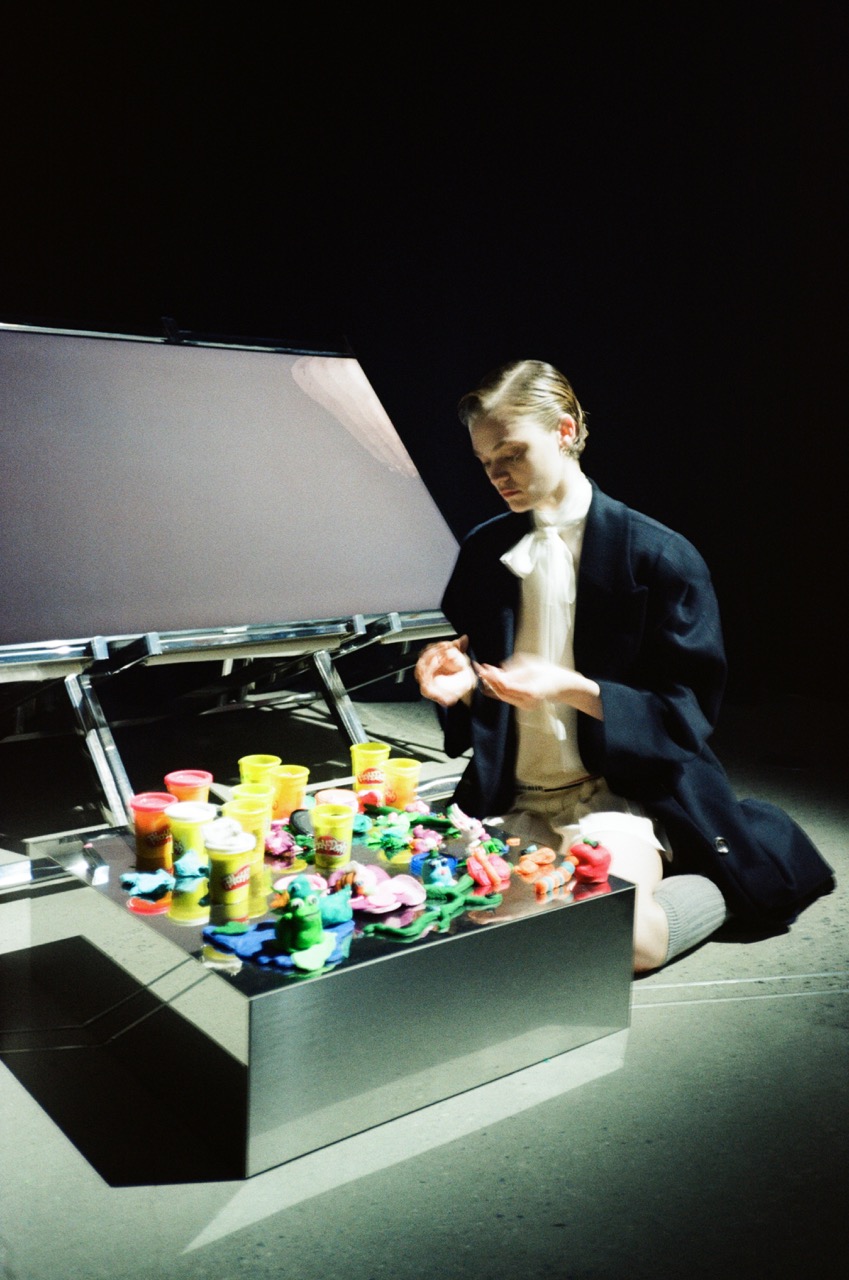


Alyssa Davis Gallery and Foreign & Domestic: Late Night Digestivo with Genevieve Goffman
To celebrate Genevieve Goffman’s solo show convened in partnership between Alyssa Davis Gallery and Foreign & Domestic, Davis threw open her home’s doors for a dinner and afterparty that went on late into the night. The revelry spanned the sweeping length of her dining room, up to the roof where guests could catch a scenic view of Manhattan and take in the crisp night air, to downstairs on Cornelia Street (where you might have seen friends of the gallery taking a cheeky cigarette break).

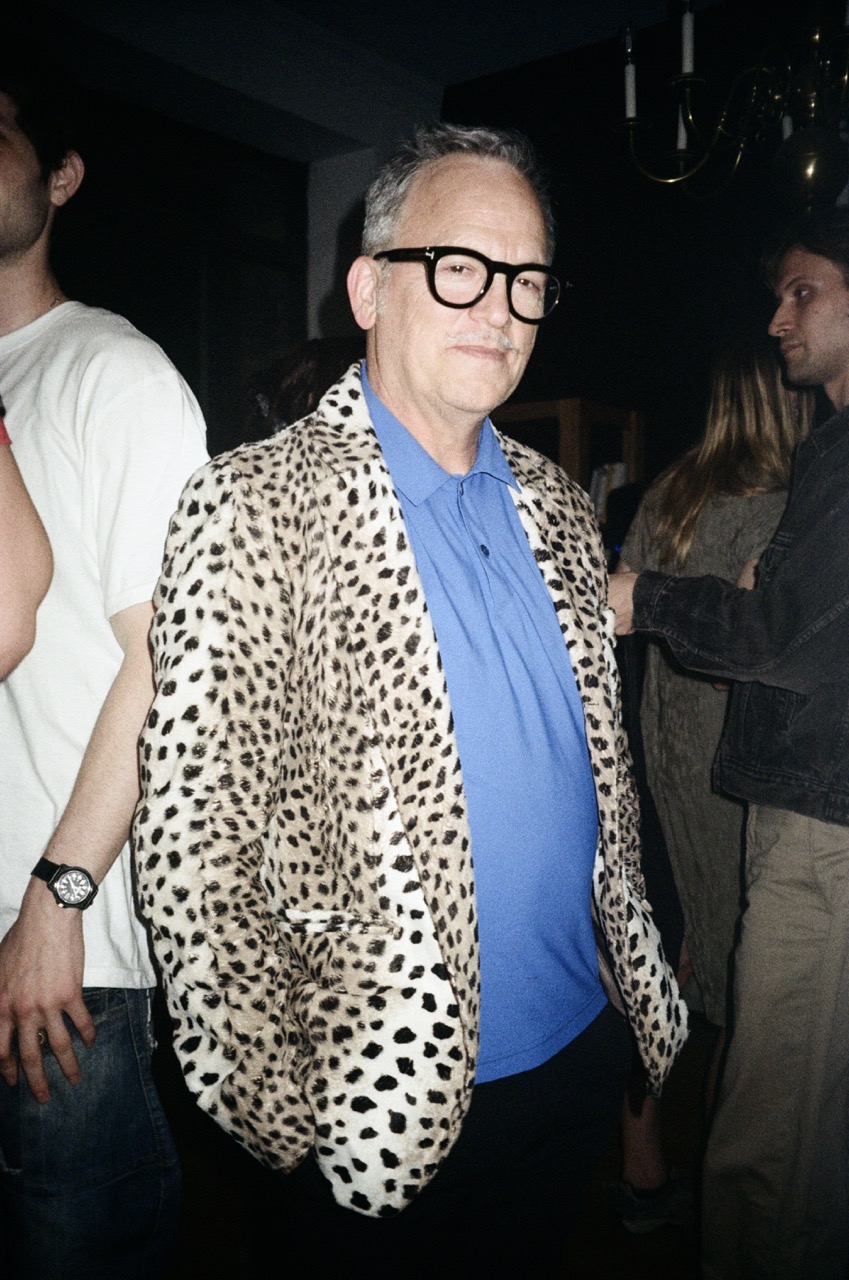




Company Gallery: DASH with Cajsa von Zeipel and Museum Manu with Women's History Museum
Manu with Women’s History Museum In a treat for New Yorkers and just touched-down Art Week visitors alike, Company Gallery launched dual shows in their downtown space featuring a wide array of figures (both animalian and humanoid) and fashion products (both irresistibly chic and thought-provoking) across shows featuring artist Cajsa von Zeipel and designers Mattie Barringer and Amanda McGowan of Women’s History Museum.


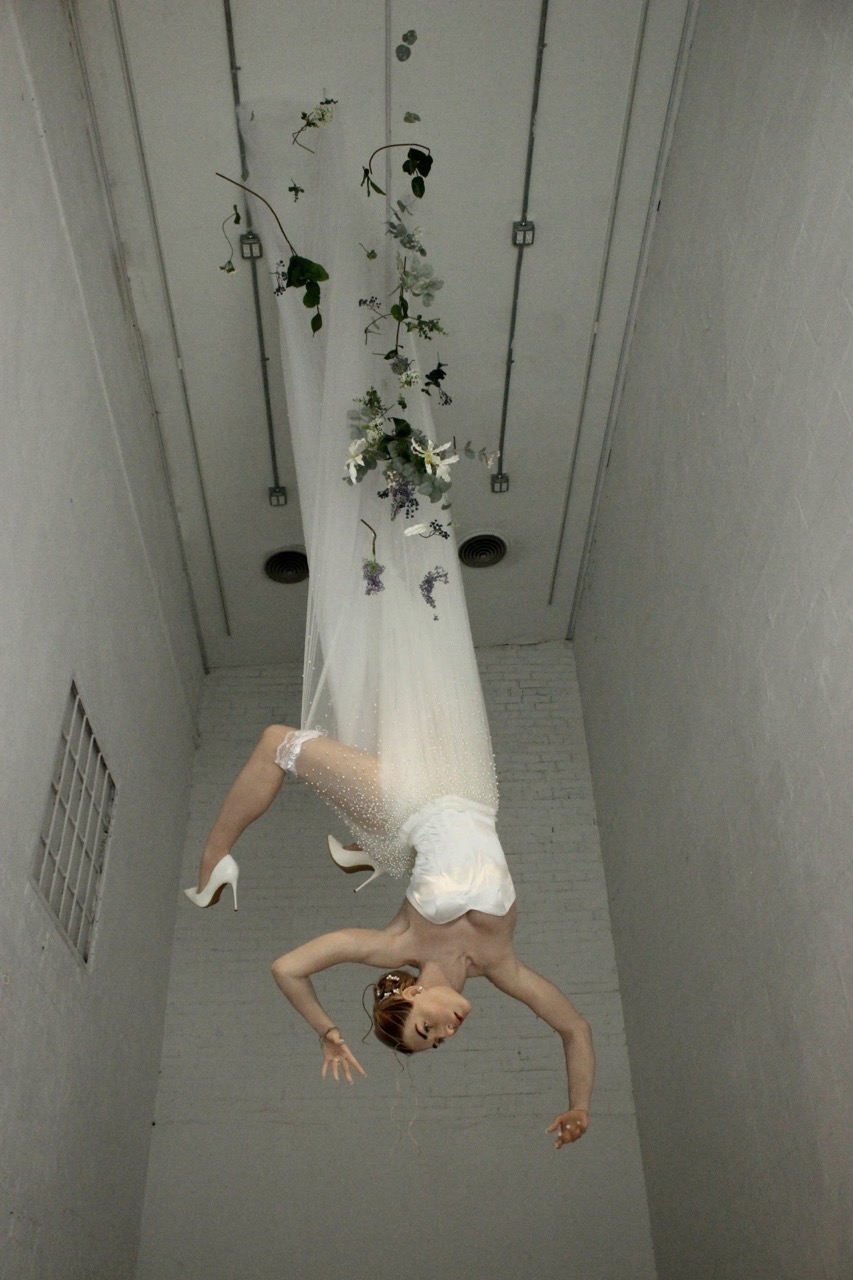




As people trickled in—artists, writers, actors, lovers, fighters—there was a shared awareness that each person would eventually step onto that bed and offer something up in front of everyone. Denier became the compass. A word that measures the thickness of nylon—a material’s ability to conceal or expose. The stories that followed range from summer camp awakenings to old letters, oedipal confessions, and fresh fantasies of one opening their throat. Alice Scope had a conversation with the original chatbot E.L.I.Z.A., turning digital code into erotic reflection. Another guest sang. Another whispered. And some barely got the words out.
There were dirty martinis. Friends among friends. Strangers among strangers. Voices tangled with candlelight. The room held all of it—confession, humor, arousal, and hesitation. Some stories stayed with us. Others flickered out the second they hit the air. Still, for a moment, we stitched ourselves closer, thread by trembling thread.

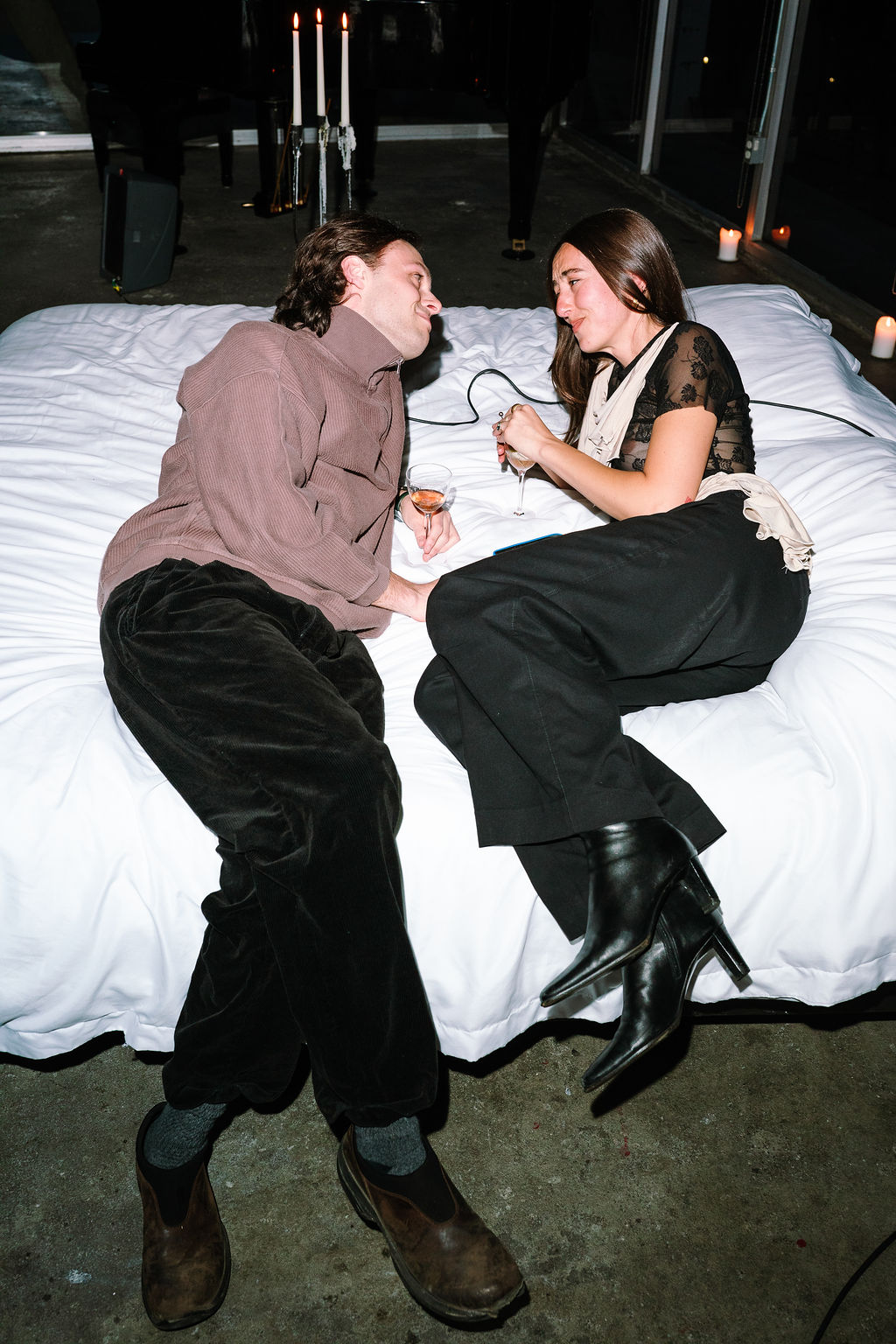








In celebration of their 10th year of operation, the runway presentation showcased capsule collections from 26 CCS students across all class years, featuring over 100 looks. As I sat among the 400 attendees of entrepreneurs, recruiters, industry professionals and even some local NFL players. I couldn’t believe how each was more distinct than the last, from oversized plush cocoons to bowed wooden shoulder pieces, each unbelievable in originality, quality, craftsmanship and vision.
As part of their final project, the six seniors were required to present their collections to a jury panel the day before the runway show—a rare opportunity for members to examine each piece up close, noticing details that might be lost on the catwalk and to ask rigorous questions about concept, technique, and execution. The panel was made up of industry professionals who had flown in from Paris, Milan, Sweden, Germany, and across the United States, representing brands including Louis Vuitton, Hermès, Theory, Martine Rose, and others. We gathered in Detroit’s newly billion-dollar refurbished Michigan Central Station, where the collections were laid out like museum exhibits. As each juror engaged the designers in thoughtful conversation, I peeked over their shoulders, quietly eavesdropping on questions I’d never think to ask, listening intently.


“It’s hair,” designer Emma Wilson explained, holding up a pair of intricately patterned knee-high boots. On closer inspection, the “pattern” revealed itself to be real locks of hair, pressed between panels of leather and transparent lambskin. Sporting a suspiciously fresh pixie cut, she smiled and gestured toward a matching handbag—and actual resined dirt purse embedded with real mealworms. Grotesque yet seductive, her collection twisted femininity through possum fur, sheer leather, and literal insects.
Meka Johnson delivered a collection of bridal gowns warped by the seven deadly sins—envy took the form of an exaggerated, razor-sharp silhouette with a plunging neckline, while gluttony emerged as a mountain of endlessly layered tulle. Jackie Kramer built a world from sacred geometry, engineering leather and wood into wearable metaphysics.


(LEFT: Nick Madruga RIGHT: Veronica Wardowski's Collection)
Nick Madruga connected modern streetwear with nature. Two broken 3-D printers later, he unveiled intricate clogs that felt like feet breaking free from roots buried deep in the earth, alongside sculptural jackets and wide-legged, reworked trousers—one of which had been standing upright on its own for the entire semester.
Justin Hilberer was inspired by nature in a different way—by how human beings, like animals, adopt similar tactics for survival, both physical and emotional. He drew parallels between brutalist architecture and our instinct for self-preservation, expressed through leather, fur, and metal in the form of spikes and armor-like elements. His collection felt like a collision of medieval and streetwear.


(PICTURED: Nick Madruga's Collection)
Morgan Novetsky crafted deconstructed accessories that explored how feelings of uncertainty can hinder the path to success. Her shoes and bags appeared intentionally unfinished, exposing the technical process of shoemaking.
Bridget Weiss’s collection distilled the essence of placid water into shoes and handbags. Inspired by the idea of unattainable perfection, she incorporated a fishing lure motif throughout the pieces—exposing the irony that, while we’ve spent centuries distancing ourselves from nature through machines designed to perfect and homogenize, we now use those very tools to mimic the natural world. Maybe, she suggests, is the only true definition of “perfect.” I picked up a pair of sleek flat sandals. 'You’ll never catch me dead in a stiletto,' she smirked. I spent three hours circling back through the collections, discovering new details and nuances with each pass.


(LEFT: Briget Weiss RIGHT: Meka Johnson)
Shown in every wait staff's carhartt apron and ford escape passing by, the pride and loyalty of Detroit was undeniable. But beyond that, to my New York surprise, was the level of support and camaraderie—not just in the city, but among the creative community itself. After the jury panel I sat down with four local designers from Taylor Childs Studios, GODNII, Ruff Cut, and ROUGH-DRAFT, and in addition to being introduced to my new favorite drink “Last Word” (thank you Mariah) I was introduced to a tight knit supportive industry. In a field often propelled by competition, they choose instead to grow together, offering help, ideas, and encouragement when it's needed most.
I can’t imagine a better city to be a creative in—one with sky-high standards and a support system that doesn’t serve as a safety net, but as a catalyst. The next generation of designers has risen with boldness, intention, and a sense of community that feels entirely their own. “Believe in young people,” said Rey Pador, Associate Professor of Fashion Design at CCS who has poured his heart and soul into the program, “Give them something.”


The entire weekend I spent in Detroit, I was blown away. Beyond the expected Ford and Chevy at every turn, there was live music spilling from restaurant doorways, incredible murals wrapping entire buildings, and vibrant people with iimpeccable style. As I sat sipping a cocktail I’ll remember on my deathbed (in the third restaurant that weekend to have a disco ball) I couldn’t help but be embarrassed for New York, Detroit is the pulse everyone’s been chasing








